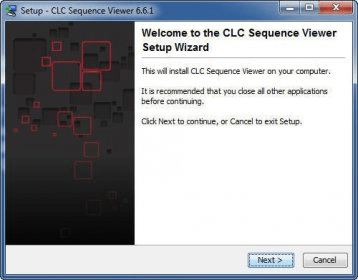

The gene expression studies confirmed the up-regulation of Wnt and Notch downstream genes as well as AXIN1, CSNK2A3, and CEBPA2 following the removal of Notch inhibitor in vitro and in the xenograft model. However, long-term treatment of DAPT promoted tumor growth in the xenograft model and enhanced the number and size of colonies and spheroids in vitro. Moreover, tumor growth also reduced during 13 days of treatment. This was accompanied by enhanced apoptosis after 24 h treatment, arrest in the G 2−M phase, and impaired ability of colony and melanosphere formation at the short term. In A375 with B-raf mutation, DAPT decreased the level of NOTCH1, NOTH2, and HES1 as downstream genes of the Notch pathway. The effects of DAPT were tested both in vitro and in vivo using xenograft models. In the present study, we surveyed the short-term and long-term effects of DAPT on the stem cell properties of A375 and NA8 as melanoma cell lines. However, most of studies have evaluated the short-term effect of DAPT on tumor cells or even cancer stem cells. Notch suppression by gamma-secretase inhibitors is a valid approach against melanoma.

henselae in Iranian cats which is important due to its public health issues, especially for the immunocompromised pet owners.īartonella henselae Cat Iran Zoonosis.Faezeh Keyghobadi 1,2, Maryam Mehdipour 2, Vahab Nekoukar 3, Javad Firouzi 2, Abolfazl Kheimeh 4, Fatemeh Nobakht Lahrood 2, Vajihe Azimian Zavareh 2, Masoumeh Azimi 2, Mahsa Mohammadi 2, Niloofar Sodeifi 5 and Marzieh Ebrahimi 2 * In conclusion, findings of this study showed the prevalence of B. Among the Asian countries, the prevalence of the bacteria in Iran was close to that in Japan and Turkey. Phylogenic analysis has shown that strains isolated in this study were grouped in a different haplo group, compared to other strains. At least an 87.00% similarity was seen between the gene sequences from the current study and the reference sequences from the GenBank database. Molecular assessments showed that five samples out of 70 nail samples (7.14%) and one sample out of 70 saliva samples (1.42%) were genetically positive for B.

#Clc sequence viewer einstein university software#
Phylogenic tree was constructed using CLC Sequence Viewer software and unweighted pair group method with arithmetic mean (UPGMA) method. henselae isolated from cats and humans in GenBank database. Sequences of gltA gene were trimmed using BioEdit software and then compared with the sequences of the same gene from B. henselae were characterized by polymerase chain reaction (PCR) and sequencing. One hundred and forty nail and saliva samples were collected from 70 domestic cats. The main source of the bacteria is cat and the carrier is Ctenocephalides felis flea. henselae that causes a zoonotic infection, cat scratch disease (CSD). One of the most important species of the Bartonella genus is B.


 0 kommentar(er)
0 kommentar(er)
